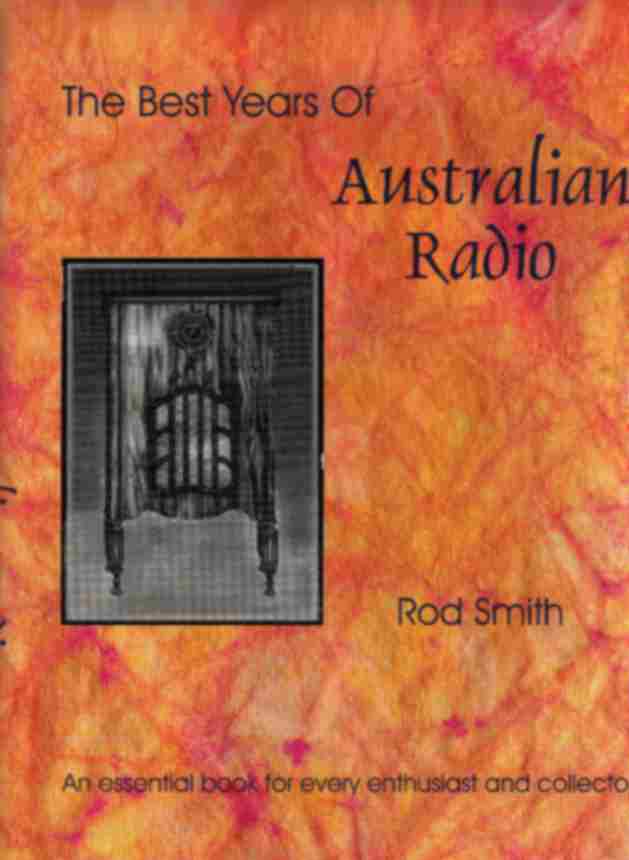|
|
||
|
|
Radschool Newsletter |
Vol 10 Page 7 |
|
|
||
|
Wines and Stuff. John Morley.
|
||
|
Wine and Food.
This edition we’ll talk about what wine should be drunk with what food. Whenever this subject is brought up, most people quote the old adage, “you drink red wines with red meat, and you drink white wines with white meat and fish”. This, of course, is absolute rubbish.
Those that do not sheepishly follow this urban myth know that you drink whatever wine you want as long as you think the wine goes best with the food you are eating. “There just ain’t any rules when it comes to selecting wines, only guides”. Who said you can’t drink a nice Shiraz with a sea food platter, or a chilled Chardonnay at a bar-b-q…..
It is interesting to discuss where this old myth stems from, and like all myths and fairy tales, there is a certain degree of truth in it. Try this experiment. Set aside a glass of your favourite wine, then get two full glasses of cold water, into one stir in ¼ teaspoon of salt, and stir a ¼ teaspoon of sugar into the other. Take a sip from one of the glasses of water then take a sip of wine. Wait a few minutes, then repeat the process with the other glass of water. Unless your taste buds are completely stuffed from smoking a million cigarettes a day, you will be very surprised with the result.
Food can alter the way a wine tastes, and this is why the same wine can have a different taste at different times. Everyone has bought a bottle of wine at a tasting or because someone had introduced them to it previously. When last drunk, you thought it a good wine, only to find that when drunk the second time it doesn’t taste “quite the same”. Most of the time, the reason it tastes differently the second time is it is drunk with food or the food taken with the wine second time around is different. Foods can radically change the way a wine can taste which is probably where the old rule stems from. Keep the food the same and the wine will taste the same.
But, other factors can effect the taste of wine, and apart from the obvious difference that comes from different vintages, another important factor is ambience. If you’re at a party having a great time, zooming all around the place, chatting everybody up, chateau cask can taste like a good wine, while at other times when you are sitting alone enjoying a tipple, the same cask wine will taste a bit ordinary.
As we’ve said on previous occasions, the real test of what wine to drink with what food is governed entirely by your palate. You drink what you like, and as we’re all individuals, we probably all like a different wine, which is why there are so many different varieties on the market. Some people like deep heavy reds, others lighter reds, some rosės, while some people can’t drink reds at all, and drink whites only. But here there are differences too—one person’s idea of a dry white might taste like a sweet wine to someone else. So, if you like Ben Ean, the Kraft Cheese of Australian wines, with a good thick rump or well done T-bone, or perhaps you prefer to scoff down a glass of Cold Duck with a Queensland muddie, then don’t be scared off by what others say, if you like it, then drink it.
And! Don’t be put off by the silly descriptive names people give to different types of wine. You’ll hear a wine described as having an ‘acid’ taste, which usually means it has a sharp taste. A wine without an ‘acid’ taste will not keep, a young wine without an acid taste will never improve, so should be drunk as soon as you get it. Acid tasting wines will mellow as they become older, they call this ‘softening’, and usually they will keep for a long time.
Wine drinking, which should be an enjoyable and pleasant social past-time, can at times be a very pretentious affair. Don’t get caught up in the pretentiousness of wine, drink it to enjoy it. Remember, there are no rules, though good, clear drinking glasses are a help, mainly because they enable you to enjoy the sight of the wine, [we know blokes that reckon anything will do as long as it doesn’t leak—g’day Spacky tb.]
So remember, the rules to do with wines are — “there are no rules”, apart from “drink to enjoy”.
And, when ever you are in the Tenterfield area, call in and make your self known, we would love to see you and please visit our web site. www.willowvalewines.com.au/products
|
||
|
The Value of Beer.
A herd of buffalo can only move as fast as the slowest buffalo, and when the herd is hunted, it is the slowest and weakest ones at the back that are killed first. This natural selection is good for the herd as a whole, because the general speed and health of the whole group keeps improving by the regular killing of the weakest members. In much the same way, the human brain can only operate as fast as the slowest brain cells. Excessive intake of alcohol, as we know, kills brain cells, but naturally, it attacks the slowest and weakest brain cells first. In this way, regular consumption of beer eliminates the weaker brain cells, making the brain a faster and more efficient machine. That's why you always feel smarter after a few beers.
|
||
|
The Welcome Inn.
Back in March 2000 (Vol 7) we had a story on Blue Silk, who most will remember was a sparky at Richmond a million years ago, and we’d found that Blue and wife Erin were then the owners of a 5 star restaurant in Leura in the Blue Mountains (where else??) and also an hotel in Roselle, an inner city suburb of Sydney. Since then, they have sold the restaurant, but kept the hotel, and that’s where we caught up with both of them earlier this year.
|
||
|
The Welcome Hotel, 91 Evans Street, Roselle.
|
||
|
Their eldest son, Damien, who is now over 30 years old (where have all the years gone?) runs the hotel, and what an excellent job he does. If you live near that area of Sydney, or if you’re in Sydney on business (it’s not far from Darling Harbour) do yourself a favour and try it, though you might be well advised to ring and book first as the night we went it was full. The standard of the food and the service provided by his friendly staff is excellent. We had a conducted tour of the hotel, and Blue showed us some of the many mods and alterations that he and Erin had done to the hotel shortly after they bought it. Currently, they are looking for another which they also plan to buy and renovate.
Although they have a small room with a bunch of pokies, Blue says he relies mainly on his food to generate income, unlike others which rely 90% on income from the bandits. That in itself says something about the quality of his table. He has kept his kitchen open to the public, and you can see it in operation.
|
||
|
Erin and Blue Silk at an Airman’s Mess Ball, May 68
|
||
|
It was good to catch up with them again, and relive a few very funny moments from many many years ago, and apart from being off the Camels, he hasn’t changed much. We wish them well and lots of good luck…....
|
||
|
The way it was—1946.
History is a marvelous teacher, the more you read history, the more you realize that the only thing that really changes is the date. This following article was taken from Rod Smith’s excellent book titled “The best years of Australian Radio” - and originally appeared in Melbourne’s Sun News-pictorial in 1946. We say no more…..
“The position of radio listeners throughout Australia, many of whom
are hesitant about replacing old amplitude
Frequency modulation which is being experimented with on a commercial basis in America, is expected to eliminate static and make for more natural reception of words and music. Its innovation will mean the “scrapping” of all present receivers.
Mr Paddison said that if the new system was to be introduced, in accordance with the findings of the Parliamentary Committee, an early decision should be made, so that listeners and manufacturers would know where they stood.
In his opinion, however, it would be over ten years before there would be sufficient transfer of audience to contemplate closing down on existing AM wavelengths. The latest figures from America showed that less than 1% of total production of radios incorporated frequency modulation.”
Rod is an old Radschooler, starting at Ballarat in 1948, he stayed with the RAAF until 1969, then as a mister spent another 25 years in the TV repair game. He finally retired in the 90’s which gave him more time to pursue his hobby which was old valve radios, and this led to him starting work on his book which was finally published in 1998. The book is still available, and if you want a copy or want to know more you can ring on 07 3345 3547.
We heartily recommend it.
|
||
|
Overheard in a bar…”I’m so unlucky, if I was one of Elle McPherson’s triplets I’d be the one who was bottle fed.” |
||
|
|
||
|
|
||

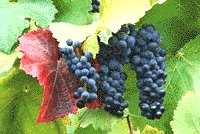
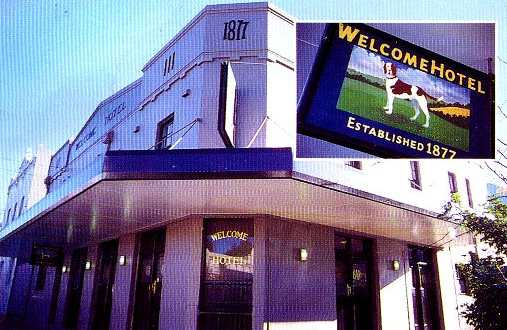
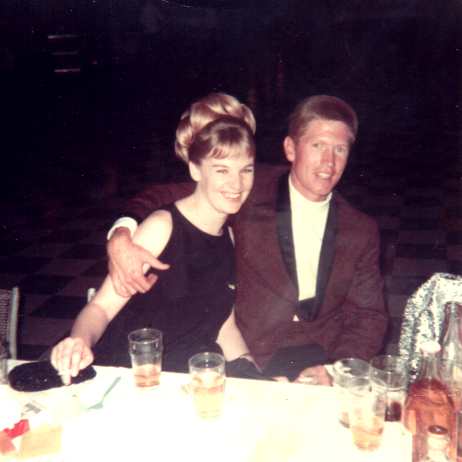
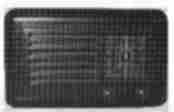 modulation (AM) receivers and worn out sets until more is known of
the future of frequency modulation (FM), was clarified by Mr A.C.
Paddison, president of the Australian Federation of Commercial
Broadcasting Stations, at the annual convention last night.
modulation (AM) receivers and worn out sets until more is known of
the future of frequency modulation (FM), was clarified by Mr A.C.
Paddison, president of the Australian Federation of Commercial
Broadcasting Stations, at the annual convention last night. 